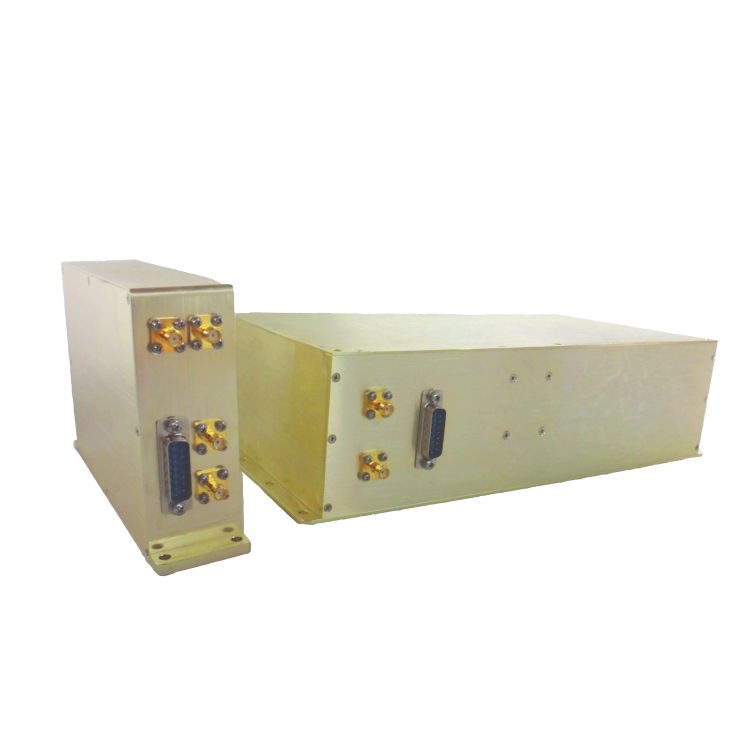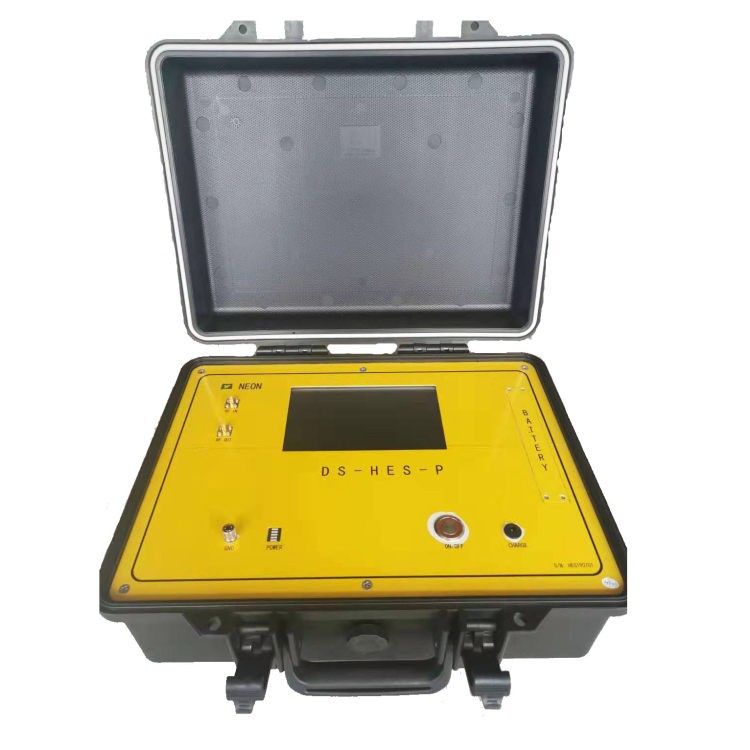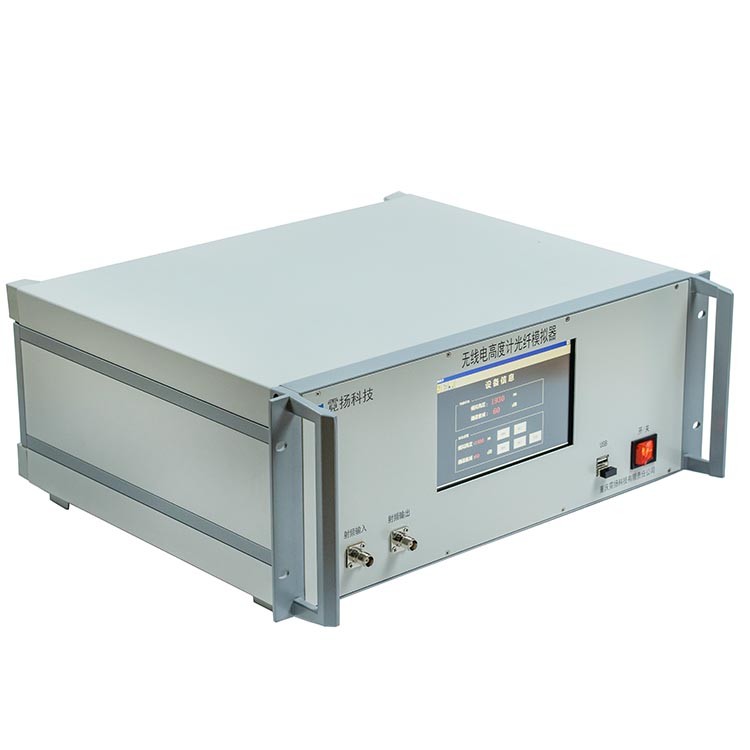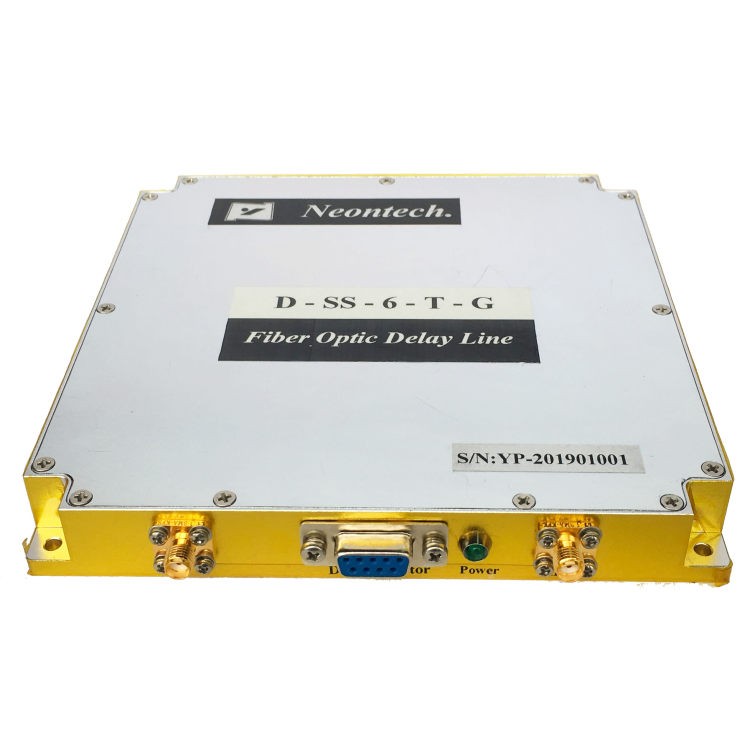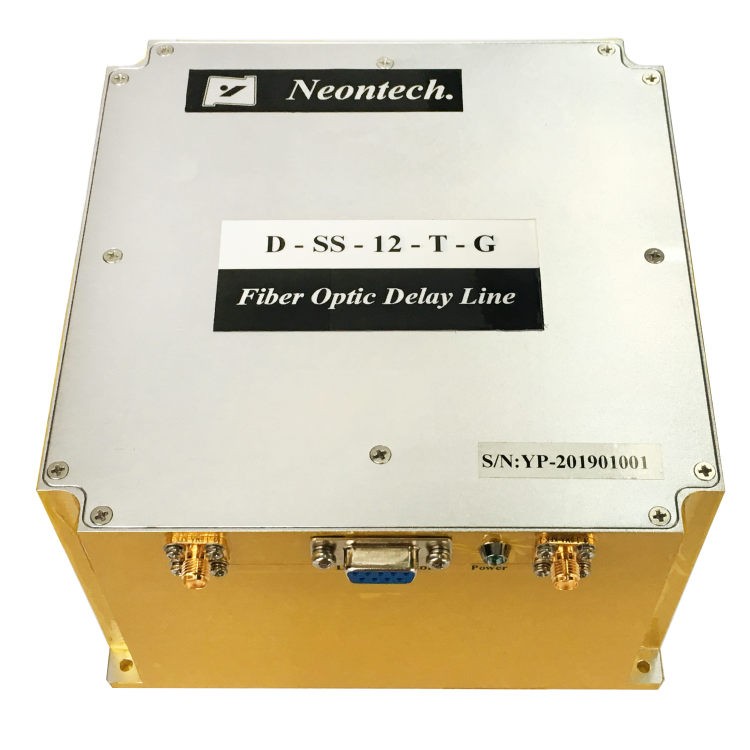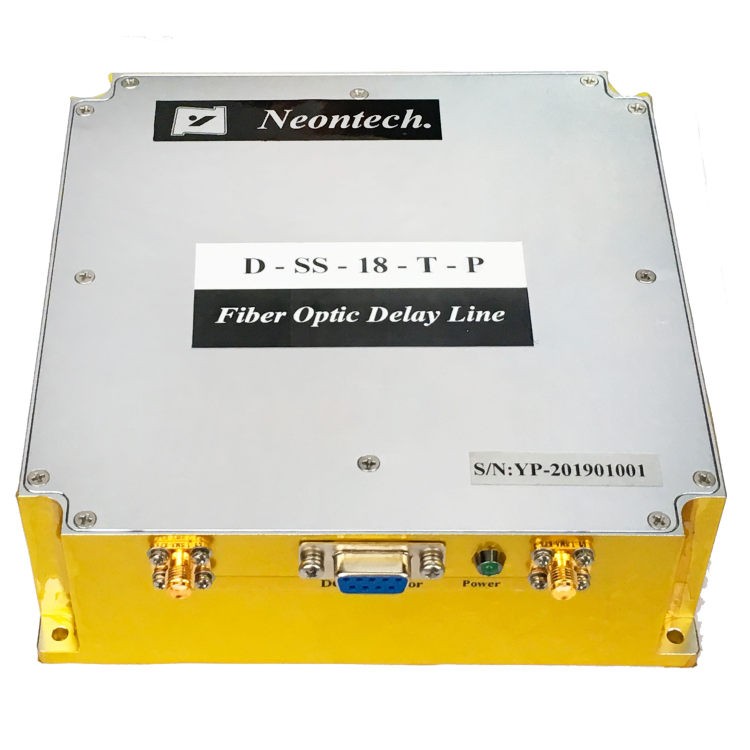A Guide to Radio Altimeter Simulator Maintenance
Radio altimeter simulators play a vital role in aviation safety. These specialized pieces of equipment mimic the flight environment and provide simulated altitude information for testing aircraft radio altimeters. Accurate and reliable radio altimeters are crucial for various flight phases, including landing and terrain avoidance. However, to guarantee the continued accuracy of these critical systems, radio altimeter simulators themselves require proper maintenance and periodic calibration. This guide provides a detailed overview of radio altimeter simulator maintenance procedures, emphasizing the importance of routine upkeep for optimal performance and flight safety.
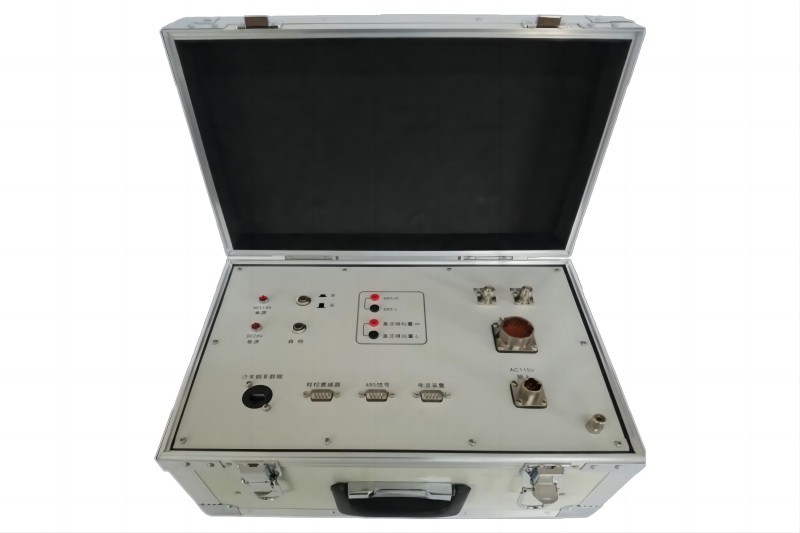
Understanding Radio Altimeter Simulators
A radio altimeter simulator replicates an aircraft’s radio altimeter by generating simulated radio waves that mimic real-world flight scenarios. These waves are then processed by the aircraft’s radio altimeter, allowing technicians to assess the accuracy and functionality of the onboard system. Radio altimeter simulators can simulate various flight conditions, including changes in altitude, terrain features, and even signal degradation. This comprehensive testing ensures the reliability of the aircraft’s radio altimeter, a vital tool for safe navigation and landing.
Importance of Radio Altimeter Simulator Maintenance
Radio altimeter simulators are complex electronic devices susceptible to wear and tear over time. Regular maintenance is essential to ensure their continued accuracy and functionality. Improperly maintained simulators can generate inaccurate readings, leading to erroneous data used for testing aircraft radio altimeters. This, in turn, could result in undetected malfunctions in the actual aircraft systems, potentially compromising flight safety.
Preparing for Radio Altimeter Simulator Maintenance
Before initiating any maintenance procedures, safety is paramount. Technicians performing maintenance on radio altimeter simulators must be thoroughly trained and understand the specific equipment they are working with. Essential safety precautions include:
- Power Down: Completely disconnect the radio altimeter simulator from its power source before any physical intervention.
- Electrostatic Discharge (ESD) Protection: Wear a properly grounded ESD wrist strap to prevent damage to delicate electronic components during handling.
- Safe Work Environment: Ensure the work area is free from potential hazards like flammable materials or clutter.
Additionally, it is crucial to gather the necessary tools and test equipment for the specific maintenance procedures being undertaken. This may include:
- Visual Inspection Tools: Magnifying glasses or a jeweler’s loupe for detailed examination of circuit boards and components.
- Multimeter: For measuring voltage, current, and resistance within the simulator’s circuits.
- Signal Generator: To inject simulated radio frequency (RF) signals for functional testing.
- Calibration Equipment: Specialized tools and software specific to the radio altimeter simulator model for precise calibration procedures.
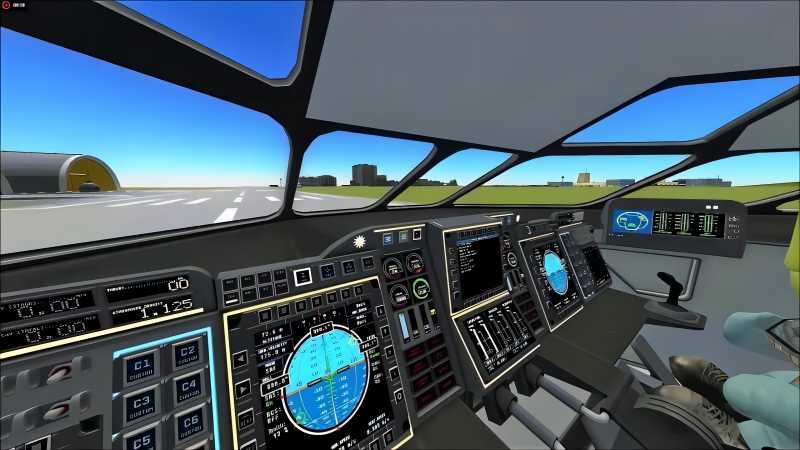
Detecting Faults in Radio Altimeter Simulators
A comprehensive approach to fault detection in radio altimeter simulators involves a combination of visual inspection, electrical testing, and functional verification.
- Visual Inspection: A thorough visual inspection of the simulator’s exterior should be conducted to identify any physical damage like cracks, corrosion, or loose connections. Additionally, circuit boards should be examined for signs of overheating, burnt components, or cold solder joints (weak solder connections).
- Electrical Testing: Using a multimeter, technicians can measure voltage, current, and resistance at various points within the simulator’s circuits. Deviations from expected values may indicate potential electrical faults.
- Functional Testing: Specialized test equipment, like signal generators, can be used to simulate various radio frequency (RF) signals. The simulator’s response to these simulated signals should be compared with known specifications to identify any functional anomalies.
Repair Procedures for Radio Altimeter Simulators
Once identified, faults within a radio altimeter simulator should be addressed using appropriate repair procedures. Common repairs may include:
- Component Replacement: If damaged components like burnt resistors or faulty capacitors are identified, they should be replaced with new components that meet the original specifications.
- Re-soldering: Cold solder joints can cause intermittent electrical connections. Technicians may need to re-solder these joints to ensure proper electrical continuity.
- Cleaning: Dust and debris buildup on circuit boards or connectors can lead to electrical shorts. Delicate cleaning tools and appropriate cleaning solutions should be used to remove any contaminants.
- Software Updates: If the radio altimeter simulator utilizes software for its operation, updating to the latest version can address potential bugs or improve functionality.
Calibration Standards for Radio Altimeter Simulators
Maintaining the accuracy of a radio altimeter simulator is critical. This is achieved through periodic calibration using established national metrological technical specifications. In many countries, regulations like JJF 1286-2022 (China) define the specific standards and procedures for calibrating radio altimeter simulators. These standards ensure that the simulator’s output precisely reflects real-world scenarios, allowing for accurate testing of aircraft radio altimeters. During calibration, technicians meticulously follow the outlined procedures to guarantee the simulator’s continued accuracy and compliance with relevant regulations.
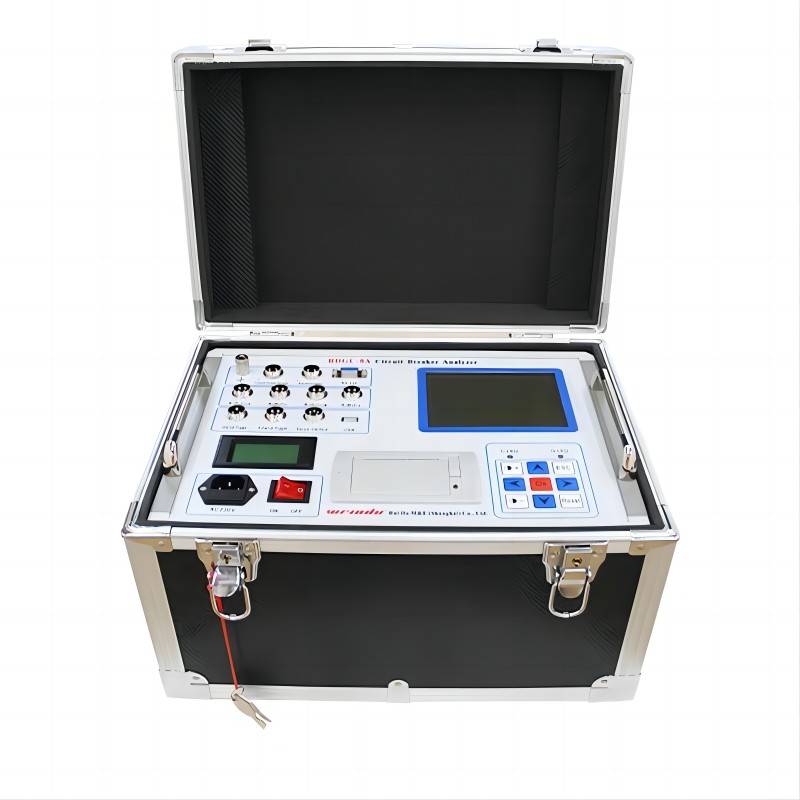
Factors Affecting the Radio Altimeter Simulator Maintenance Cycle
While the importance of radio altimeter simulator maintenance is undeniable, establishing a specific maintenance cycle can be challenging. Unlike some equipment with manufacturer-recommended service intervals, there isn’t a universally accepted maintenance schedule for radio altimeter simulators. However, several key factors can influence the appropriate maintenance cycle for a particular simulator.
- Usage Frequency: Simulators used frequently for testing numerous aircraft radio altimeters will likely require more frequent maintenance compared to those used less often. Frequent use can lead to increased wear and tear on internal components, necessitating closer monitoring and potential repairs.
- Environmental Conditions: The surrounding environment where the simulator is located can also impact its maintenance cycle. Extreme temperatures or high humidity levels can accelerate component degradation, requiring more frequent maintenance checks to ensure optimal performance.
- Equipment Age: As with any electronic device, radio altimeter simulators are susceptible to aging. Over time, components can naturally degrade, potentially affecting accuracy and reliability. Simulators nearing the end of their expected lifespan may warrant more frequent maintenance to mitigate potential issues.
Tips for Maintaining Optimal Performance
By considering these factors, organizations can develop a customized maintenance cycle for their radio altimeter simulators. However, some general recommendations can be applied:
- Regular Inspections: Perform routine visual inspections at predetermined intervals to identify any potential physical damage or early signs of component failure.
- Periodic Testing: Conduct functional testing using specialized equipment at regular intervals to verify the simulator’s ability to generate accurate simulated radio frequency signals.
- Calibration Schedule: Establish a defined calibration schedule based on national metrological technical specifications and manufacturer recommendations. This ensures the simulator’s continued accuracy and compliance with relevant regulations.
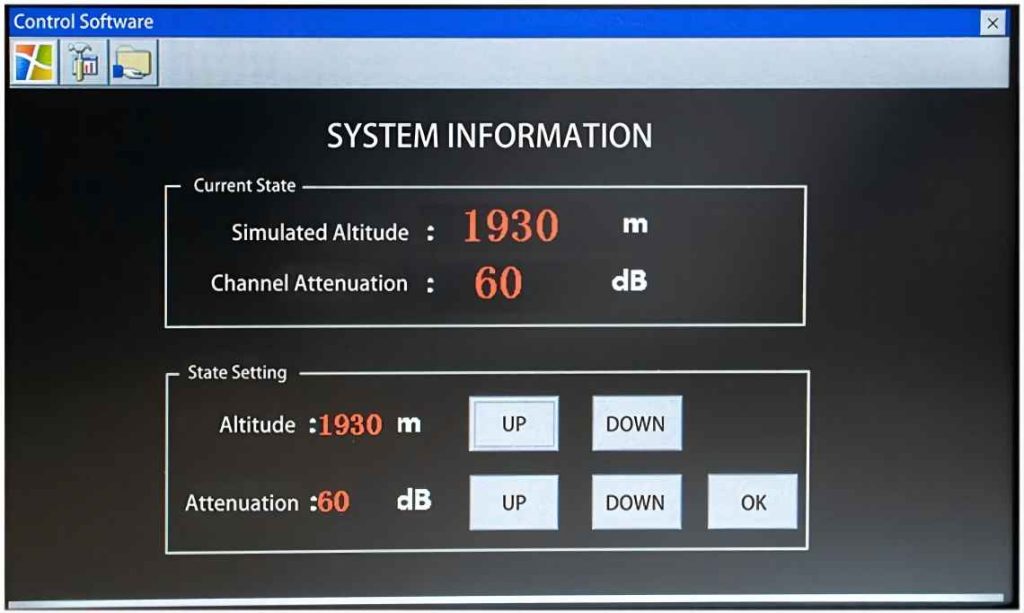
Conclusion
Radio altimeter simulators play a critical role in guaranteeing the functionality and accuracy of aircraft radio altimeters, a vital safety system for navigation and landing. By implementing a comprehensive maintenance program that includes thorough inspections, functional testing, and periodic calibration, organizations can ensure the continued reliability of their radio altimeter simulators. This, in turn, contributes to safer skies by guaranteeing the accuracy of aircraft radio altimeter readings and preventing potential malfunctions that could compromise flight safety. Investing in proper maintenance practices for radio altimeter simulators signifies a commitment to safety and demonstrates a proactive approach to ensuring the smooth operation of critical aviation equipment.


